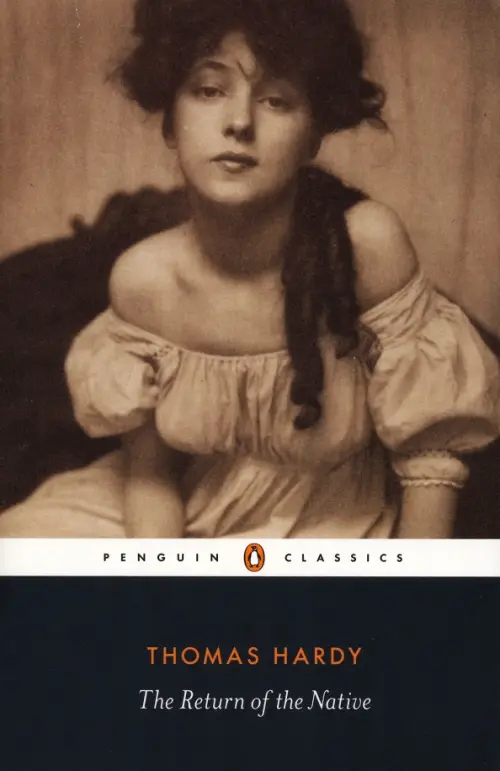
The Return of the Native
Thomas Hardy's tragic vision of a love struggling to overcome prejudice and rejection, The Return of the Native is edited in Penguin Classics with an introduction by Penny Bouhmelha.
Against the lowering background of Egdon Heath, fiery Eustacia Vye passes her days, wishing only for passionate love. She believes that her escape from Egdon lies in marriage to Clym Yeobright, home from Paris and discontented with his work there. But Clym wishes to return to the Egdon community; a desire which sets him in opposition to his wife and brings them both to despair.
Based on the first edition of the text, this edition includes detailed notes of later revisions made by Hardy, glossary, bibliography and useful chronology of author's life. In her introduction Penny Bouhmelha identifies the literary and classical allusions in Hardy's text, in particular the parallels with Flaubert's Madame Bovary and with the Oedipus story. In so doing she demonstrates Hardy's claim for tragic status for ordinary human lives and the ways that the characters in the novel - especially the ill-fated lovers and Damon Wildeve - spoil their chances to master their own destinies.
Thomas Hardy (1840-1928), born Higher Brockhampton, near Dorchester, originally trained as an architect before earning his living as a writer. Though he saw himself primarily as a poet, Hardy was the author of some of the late eighteenth century's major novels: The Mayor of Casterbridge (1886), Tess of the D'Urbervilles (1891), Far from the Madding Crowd (1874), and Jude the Obscure (1895). Amidst the controversy caused by Jude the Obscure, he turned to the poetry he had been writing all his life. In the next thirty years he published over nine hundred poems and his epic drama in verse, The Dynasts.



 Каталог товаров broE.ru
Каталог товаров broE.ru